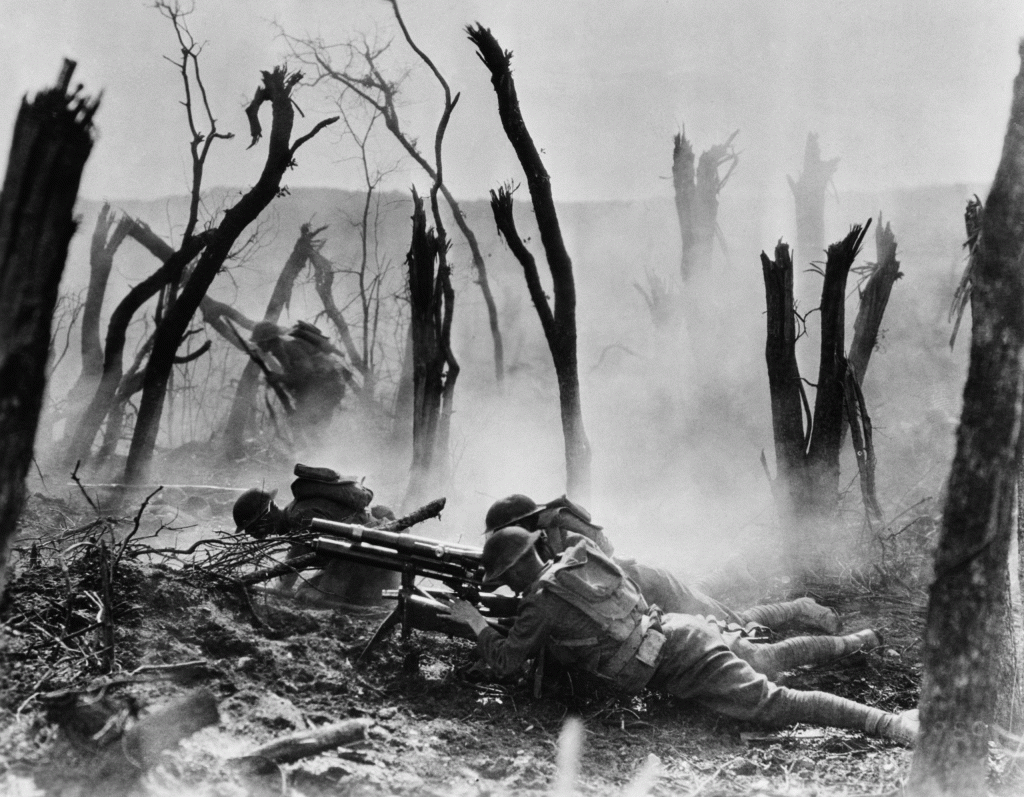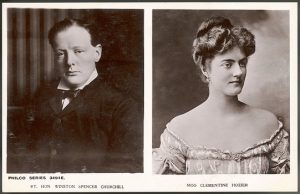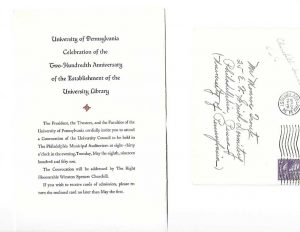
Bulletin #123 – Sep 2018
Meuse-Argonne Offensive

American 23rd Infantry of the US Army 2nd Division firing a 37-mm gun at German troop in the Argonne Forest, 1918
September 16, 2018
By WINSTON S. CHURCHILL
On 26 September 1918, American forces in France under the command of General John J. Pershing began the military campaign that claimed more lives than any other in the history of their country. The battle lasted until the end of the war on 11 November. Among those who participated were Capt. Harry S. Truman and Sergeant Alvin York. Winston Churchill described the first day of the battle in the third volume of his memoir The World Crisis:
Pershing and [French General] Gouraud fell on shoulder to shoulder at daybreak on the 26th, the Americans engaging on a 20-, the French on a 24-mile front. The Americans, undaunted by severe losses, stormed the German first system of defences on almost the whole front of the attack and penetrated at some points nearly 6 3/4 miles.
Gouraud’s army also advanced from 1 1/4 to 2 1/4 miles, but thereafter neither attack made much progress. The American supply arrangements broke down, the roads became hopelessly blocked for tens of miles with stationary vehicles. The nourishment of the American fighting line with food, ammunition and reinforcements was only achieved partially with extreme difficulty.
There German counter-attacks retrieved some of the lost ground, and in places cut off or destroyed American units which had advanced farthest. The ground was difficult in the extreme, and a weltering deadlock supervened for several weeks. During this time however the French and Americans captured 39,000 prisoners and 300 guns, and held the outnumbered German forces stoutly in their grip.

2024 International Churchill Conference
The 2018 Churchill Conference will commemorate the 100th anniversary of the end of the war on 11 November 2018 with a special ceremony to end the conference.
Subscribe
WANT MORE?
Get the Churchill Bulletin delivered to your inbox once a month.




